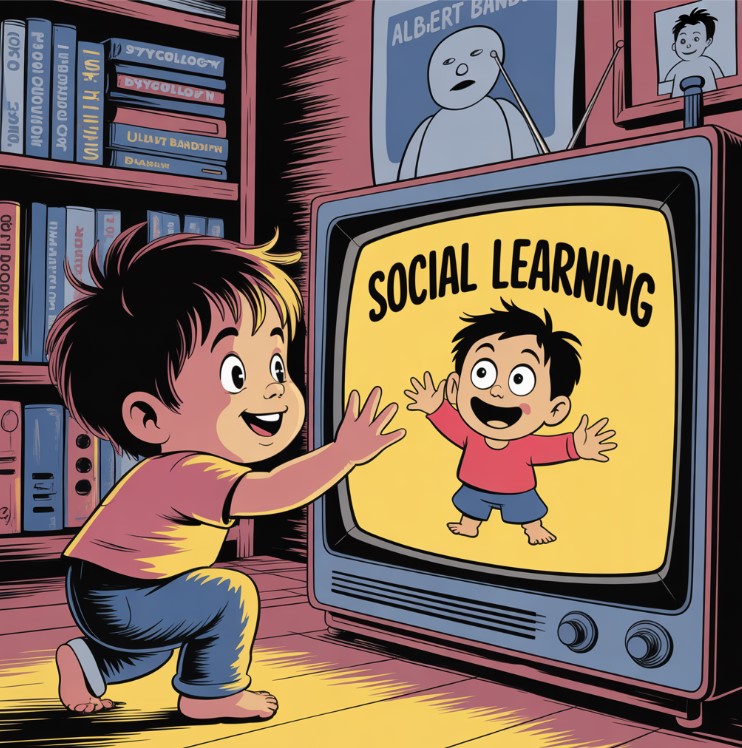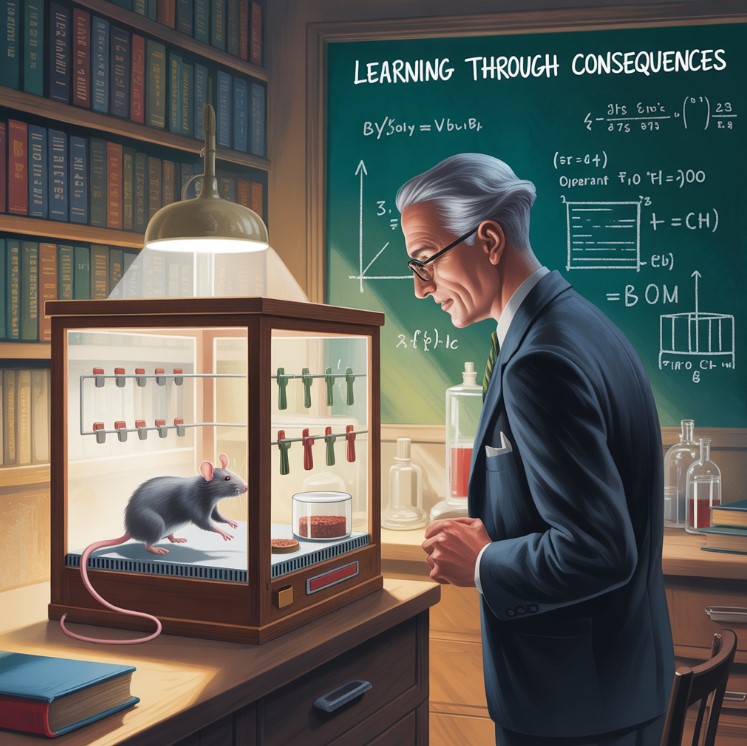Albert Bandura’s Social Learning Theory uncovers a fascinating truth: we don’t just learn by doing but by watching others—sometimes mimicking the unexpected quirks of behavior that ripple through society. Learning isn’t always straightforward; some lessons sink deep, others fade fast, like shadows at dusk. Why is it that a child might remember a biting insult yet forget a day’s worth of spelling tests? The answer twists around cognitive filters and social cues, with motivation pulling unseen strings.
Bandura, born in Canada, turned psychology on its head—not with a loud bang but with careful observation, including his remarkable Bobo doll experiment, where kids acted out aggression they’d merely spotted on a screen. That was not mere happenstance; it was a window into how social contexts sculpt behavior dynamically. Imagine a child watching a TV hero who breaks all the rules but still wins—what patterns does the child’s mind encode, and what’s passed over for memory’s attic?
Social psychologists investigate these enigmas daily. Like detectives, they sift through human interactions—from subtle glances to mass movements. Picture these researchers as archaeologists brushing dirt off ancient artifacts—only these artifacts are fleeting social cues shaping our actions.
Social Learning Theory, born in 1963 amid gaps left by older theories, embraced this complexity. It maps a journey: spot a behavior, weigh imitation, anticipate consequences, and see how cognition colors the final choice. No more simple puppetry of stimulus and response; learning emerges as rich tapestry woven with mental and social threads.
Four key steps stand firm. First, attention—no one learns what they don’t see. Next is retention, where the brain files away the snapshot for future playback. Then comes reproduction, the act of recreating what’s seen—sometimes a clumsy echo, sometimes a perfect mimicry. Finally, motivation either fuels or halts the imitation, influenced not just by rewards but the social weight of the act.
Remember those Bobo dolls? Kids soaked up aggressive moves and unleashed them with startling authenticity afterward. It’s like handing a paintbrush without directions—the colors splattered raucously but meaningfully across the canvas of behavior.
Outside the lab, social learning breathes everywhere. From street fashions copying viral stars to office newbies subtly mirroring their colleagues’ coffee breaks, imitation isn’t just mimicry—it’s survival and adaptation. But what happens when the script is flawed? Negative role models, popularized through social media or troubled families, etch destructive paths in impressionable minds.
Observational learning pulses at the heart of SLT. Without it, society would crumble into isolated islands of trial and error. It hands down skills, social norms, even morals without hefty instruction manuals. Yet, this same power can also perpetuate prejudice and aggression.
How does SLT stack up against other theories? While behaviorism fixates on direct consequences and cognition on internal thought loops, SLT layers both—crafting a more vivid, social portrait of learning. It’s a dance between outer stimuli and inner understanding, a juggle of cause and effect, seen and unseen.
Bandura’s work pushes us to reflect: Are we careful about who we watch? What we reward silently? Every glance matters; every imitation speaks to a larger social fabric woven with both hope and harm. Schools, media, and families wield enormous power in setting these unwitting lessons.
So next time you catch yourself copying a colleague’s phrase or a child echoes a cartoon catchphrase, remember: learning is chaotic yet precise, predictable yet wildly unpredictable. Because what we see shapes not just us—but the world we build.







